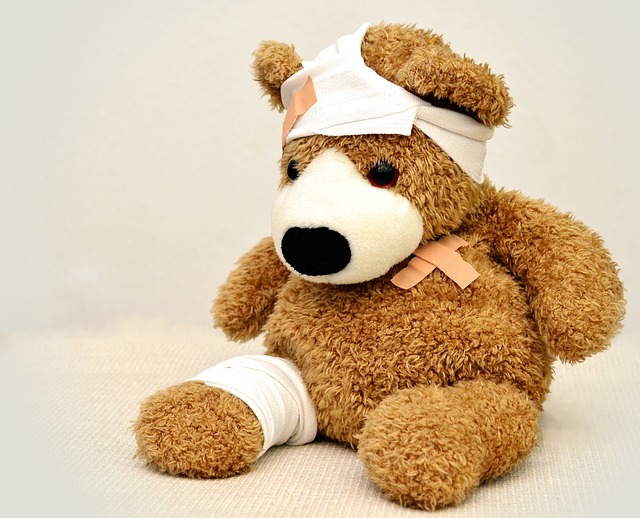
Chapter: Why Do We Fall Ill?
Overview
This chapter explores the various factors that contribute to human illness, including the causes, types, and prevention of diseases. It emphasizes the importance of health, the difference between being healthy and disease-free, and the role of immunity and vaccination in maintaining well-being.
Health: A state of complete physical, mental, and social well-being, not merely the absence of disease.
Health and Its Significance
Health is a crucial aspect of life that affects an individual's ability to function effectively. Good health depends on factors such as a balanced diet, personal hygiene, clean surroundings, and mental well-being.
Diseases and Their Causes
Diseases can be classified into two main categories:
- Acute Diseases: Short-term illnesses that occur suddenly and last for a brief period (e.g., common cold).
- Chronic Diseases: Long-lasting conditions that may persist for years (e.g., diabetes).
Disease: A condition that impairs normal functioning of the body, caused by pathogens, genetic disorders, or environmental factors.
Types of Diseases
Infectious Diseases
Caused by pathogens like bacteria, viruses, fungi, and parasites. Examples include malaria, tuberculosis, and dengue.
Non-Infectious Diseases
Not caused by pathogens but by factors like genetic abnormalities, malnutrition, or lifestyle choices. Examples include cancer and heart disease.
Means of Spread of Infectious Diseases
Infectious diseases can spread through:
- Air: Via droplets from coughing or sneezing (e.g., flu).
- Water: Contaminated water sources (e.g., cholera).
- Vectors: Organisms like mosquitoes (e.g., malaria).
- Direct Contact: Physical touch or sharing personal items (e.g., skin infections).
Prevention of Diseases
Preventive measures include:
- Maintaining personal and public hygiene.
- Vaccination to build immunity.
- Proper sanitation and clean drinking water.
- Healthy lifestyle choices like balanced diet and exercise.
Vaccination: The process of administering a vaccine to stimulate the immune system and provide immunity against a specific disease.
Principles of Treatment
Treatment depends on the type of disease:
- Infectious Diseases: Antibiotics, antiviral, or antifungal medications.
- Non-Infectious Diseases: Lifestyle changes, surgery, or long-term medication.
Immunity and Its Types
Immunity is the body's ability to resist infections. It can be:
- Innate Immunity: Present from birth (e.g., skin barrier).
- Acquired Immunity: Developed after exposure to pathogens (e.g., through vaccination).
